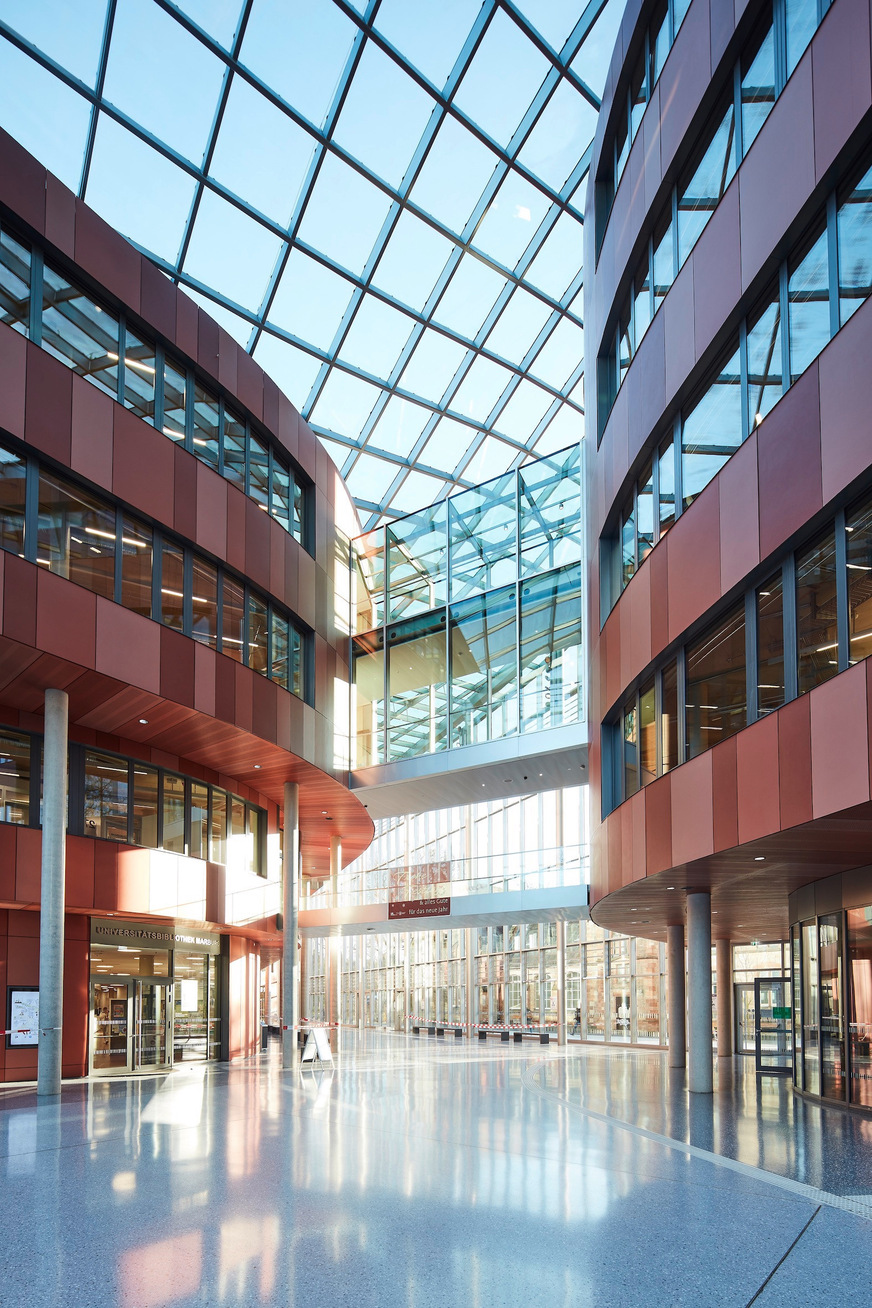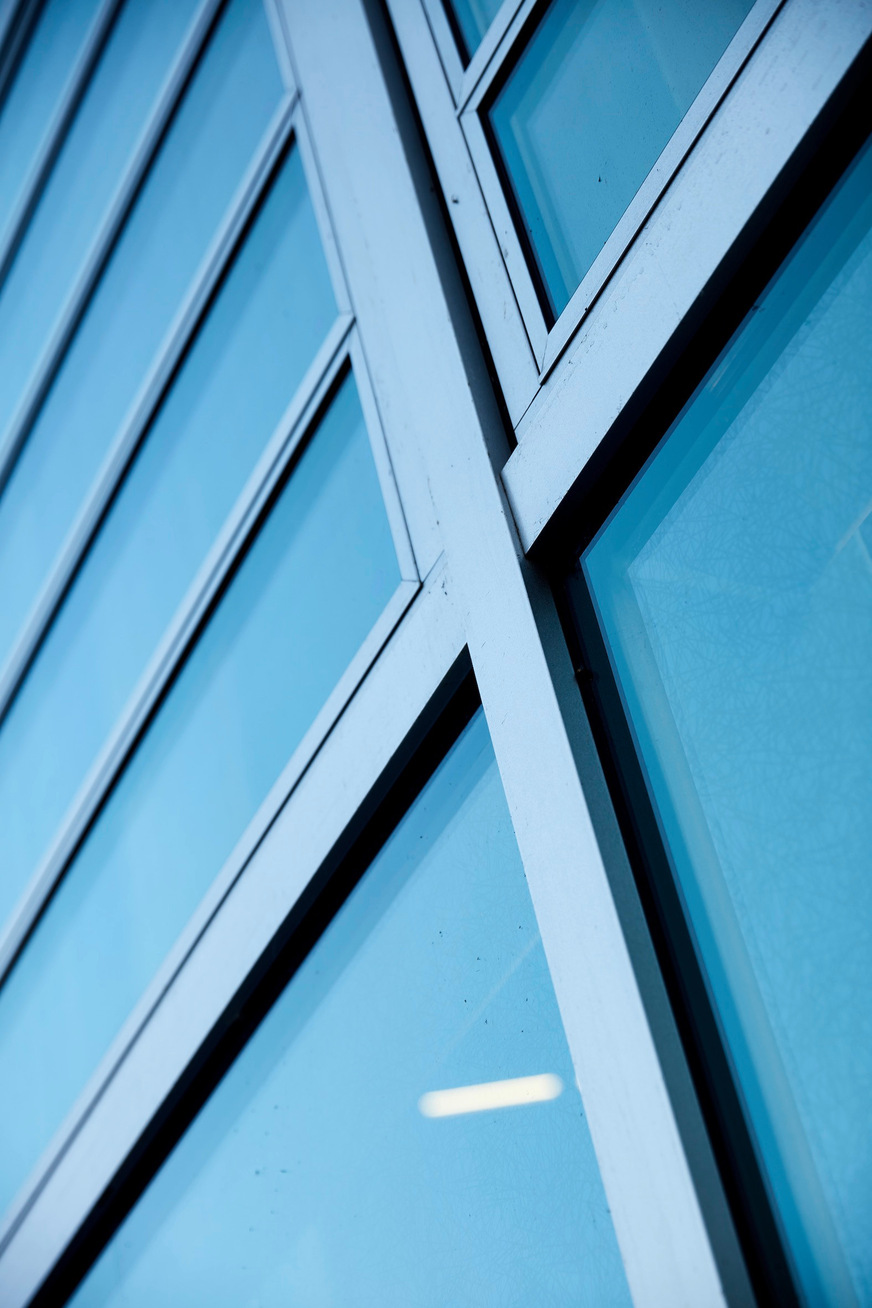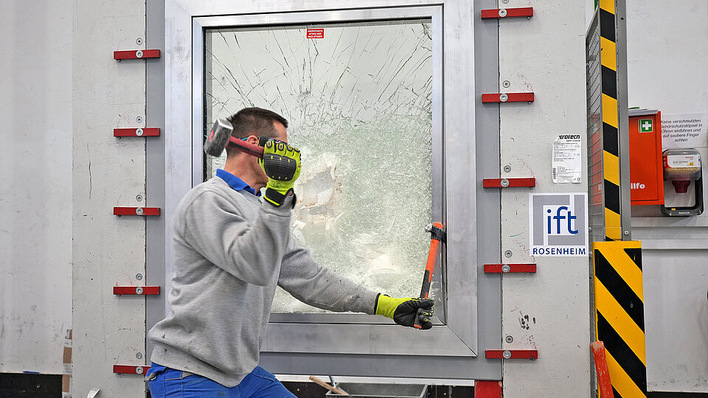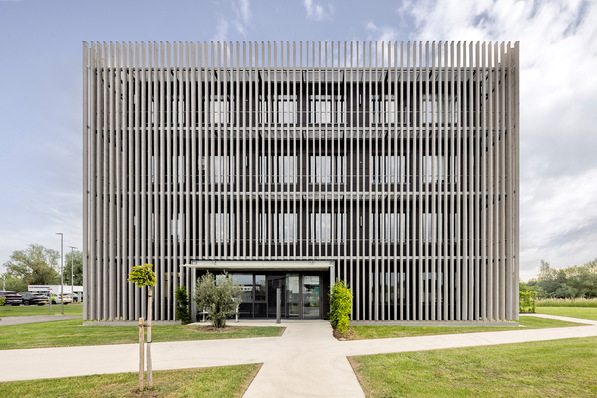Even in the 21st century, there is no way around books and libraries. This is impressively demonstrated by the new central library building of the Philipps University in Marburg, Hesse. There, the new building houses more than 3.2 million media on an area of around 18,500 square metres.
The new building was also necessary because the previous central library from 1967 no longer met the requirements of modern university work. For example, the old building lacked computer workstations.

Isolar
Plenty of daylight through the atrium
The glass facade of the entrance hall is an extraordinary eye-catcher in the new building. Together with the glass roof, it forms the central element of the design. It cuts diagonally through the elongated building, forming a passage that provides access to the interior of the library.
See also: How bird protection glass works
As a striking passageway, the hall is a much-used connecting route between the St. Elisabeth city church and the old botanical garden. The atrium thus functions as a link between the university campus and the public space.
Ornilux bird protection glass stops bird strikes
The imposing atrium glazing provides a light-flooded interior, but also harbours a danger: bird strike. Unlike humans, birds do not perceive conventional glass as an obstacle.
To prevent this, the bird protection glass Ornilux mikado A70 from Isolar was used in the construction of the university library. The glass has a delicate coating reminiscent of a spider's web. It is almost invisible to humans. Birds, however, see the structure and thus recognise the obstacle. The protective effect has already been confirmed many times in approach tests in so-called flight tunnels.

Isolar
Isolar partner Hunsrücker Glasveredelung Wagener supplied a total of 1,300 square metres of bird protection glass for the glazed area of the new library.
Very special roof construction with curved Isolar glass
The roof construction is a special feature. It is designed as a steel grid structure in a curved organic shape with square and rectangular glass panels. Since glass is flexible to a certain extent, the basically flat glass panes could easily be adapted to the slightly curved shape of the supporting structure. Only at a few very strongly curved compartments did they have to be pulled into the seal with the clamping plates.
The structure rests on steel edge beams that follow the shape of the roof. Almost 20m high steel columns behind the vertical façade support the construction. The experts from the Roschmann Group were responsible for the implementation of the geometrically complex steel-glass structure.
Also interesting: Futuristic glass windows for impossible architecture in Austria
Michael Skopp, technical manager at Roschmann, explains: "We prefabricated the entire supporting structure of the prefabricated elements of the roof in our factory in Gersthofen. The welding together then took place on site in Marburg." Therefore, the roof structure forms a single unit.
"There are breakaway and movement points as well as connection joints to the neighbouring components, but all vertical and horizontal elements of the overall structure consisting of the façade and roof hang together," adds Skopp. This construction principle also results in advantages in longitudinal stiffening.














